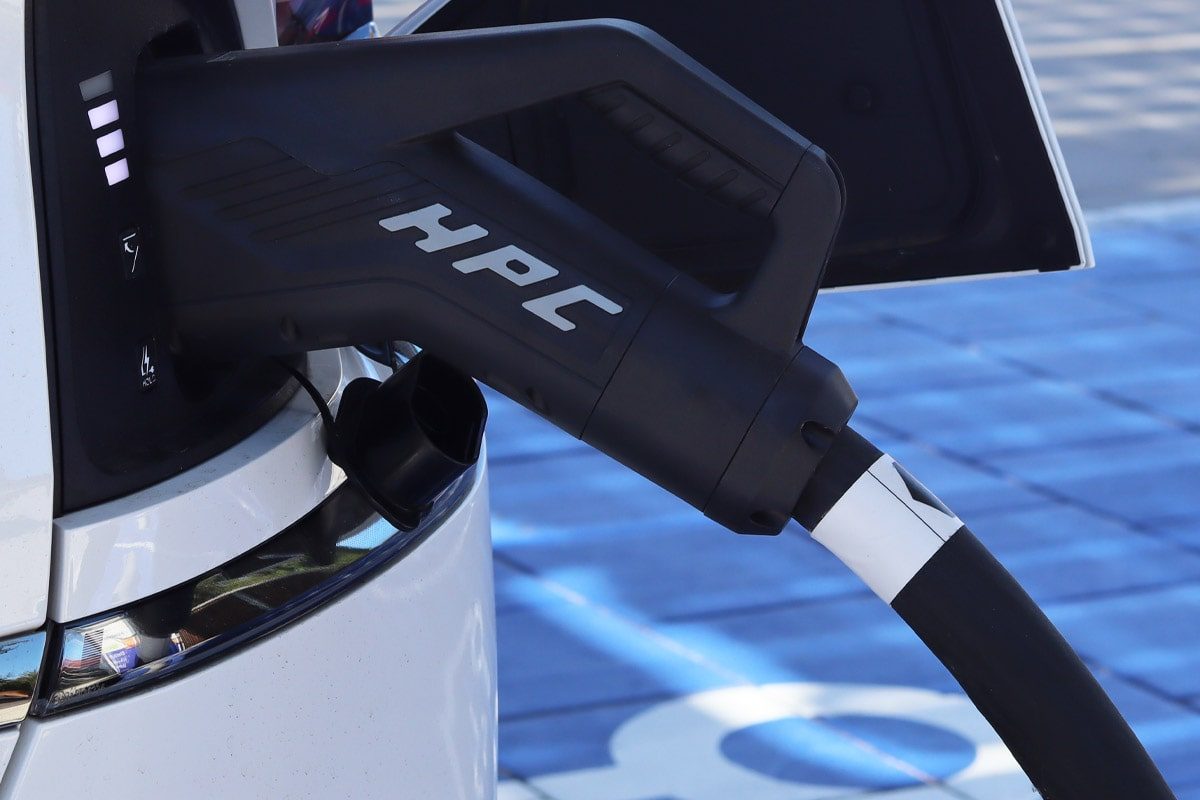
DC only! Why direct current infrastructure is gaining ground
AC or DC? Alternating current (AC) and direct current (DC) were once the cause of minor opinion wars. Some were certain that installing a large number of AC charge points was sufficient, but others were convinced that high-power DC points were the only way to go.
However, the early days of electromobility are over. Given the mass ramp-up, fast DC charging will become dominant and increasingly prevail. The more electric vehicles there are, from passenger cars to heavy goods vehicles, the more compelling this phenomenon becomes: no scaling without DC! However, this does not mean the end of the AC wall box, which will remain the optimal application at home for the foreseeable future.
Today, there are four core areas of charging infrastructure:
- Long-distance charging on motorways
- Opportunity charging at publicly accessible car parks
- The workplace
- Your own home
Fast charging with direct current is a given on long-distance motorways. If you are travelling, you want to have to take a short break only. In many cases, people think exclusively from the user’s perspective, i.e. focussing on the charging capacity of the electric car. The 800-volt systems of the e-GMP platform from the Hyundai Group currently set the benchmark in the mass market. The factory specification of 18 minutes to charge from 10 to 80 per cent is often achievable.
10 minutes to 80 per cent SoC is within reach
This value corresponds to a C-rate of around 2.3. 4C or 5C and will be a matter of course in the second half of the decade. Instead of 18, only a good ten or even fewer minutes will be needed.
What is pleasant for the driver is a simple necessity from the point of view of the infrastructure industry. According to the German Association of Energy and Water Industries (BDEW), 1.3 million electric cars were on the road in Germany on 1 October. That corresponds to about 2.7 per cent of the market. Things will get tight if there are 30, 50 or 100 per cent EVs plus thousands of trucks. Space for installing charging points along the motorways is limited, and the areas also cost money to rent or buy.
Queuing is already a reality on Friday or Sunday afternoons in Germany. The consequence: as more and more electric cars are on the road, as much electrical energy as possible must be charged as quickly as possible. Otherwise, the system won’t work.
Lars Walch, Vice President of Sales E-Mobility at EnBW (Energie Baden-Württemberg AG), sees fast DC charging as “the best customer experience”. EnBW has a unique role because it operates in the tradition of a utility. It produces and distributes electricity and is used to thinking long-term for its infrastructure.
All are betting on DC
In the long run, only charging with direct current offers operators the prospect of profit from their investments in charging parks, transformer stations, foundations and roofs. Walch knows that there is money to be made from charging infrastructure, but that is yet to happen. In the meantime, EnBW has commissioned at least one site (on average) per workday in 2023 – all of them DC.
When we look at the market, we see that EnBW’s main competitors are either from the car industry (Ionity and Tesla) or from the oil industry (BP’s Aral Pulse and Shell Recharge). Oil companies are clearly preparing for the day when they are sued in some international court for decades of CO2 emissions and need a defence strategy.
In this context, we should not overlook the many municipal utilities in Germany. Here, too, the realisation is gaining ground that public charging cannot be achieved with unprofitable AC columns but only with DC parks. AC is a waste of parking space and time.
HPC columns at supermarkets have great potential
In any case, capacity utilisation is at a constant 12 per cent, says the BDEW. In other words, if the number of electric cars and charging points is growing, but capacity utilisation is unchanged, it suggests a reasonable expansion rate and not an excess of one or the other. Even though some may have us believe that Germany is headed straight for a blackout, that is not the case. On the contrary. The country is on the right track.
The most crucial element for urban and densely populated areas is opportunity charging at privately owned, publicly accessible DC charging parks. In other words: in the supermarket car park. There is enormous potential here that owners are increasingly tapping into. It is no longer a vision of the future that EV owners will prefer to drive to a shopping centre where they can fill up their traction battery as they shop.
That may even be the case in rural areas, where the best solution is to have your own parking space with an AC wall box. But not everyone has one. Even in the city, public transport does not replace car ownership. That only applies to certain mobility groups in the epicentre of larger cities.
In metropolitan regions, there will be opportunity charging at public charging parks at shopping centres and charging parks operated by the oil industry. Land has never been so valuable: anyone can see how a row of petrol pumps at Aral and Shell is being replaced by charging points. And then comes the next one.
Up to this point, everything is clear: due to the scarcity of space and the upscaling of electromobility, there is no way around the fastest possible DC charging. It has been happening for a long time and will become even more so against the backdrop of the megawatt charging system (MCS) for electric trucks. And if peak loads in the high-voltage grid become too expensive, stationary buffer storage systems must be built.
DC charging in the company car park?
But that doesn’t matter in the company car park. Here, you can comfortably plug into wall boxes with alternating current. Right?
That’s not certain, either. Projects such as Go EV argue that, above a certain size, it is no longer more expensive to rely on DC instead of AC. The principle is called Dockchain: a kind of main charger supplies many individual DC points with electricity depending on demand. The system can be flexibly expanded, and it offers the option of fast charging when required.
So it is by no means set in stone that large company car parks have to be equipped with a large number of AC points. It is probably only an interim solution.
What remains is the home application. That is where most people charge. Nowhere will the AC wall box be in operation for as long as in your own garage. Although comparatively small amounts of electricity are converted here – that is not the point. Private owners can charge as slowly as they like. Incidentally, it also protects the traction battery and thus promotes durability.
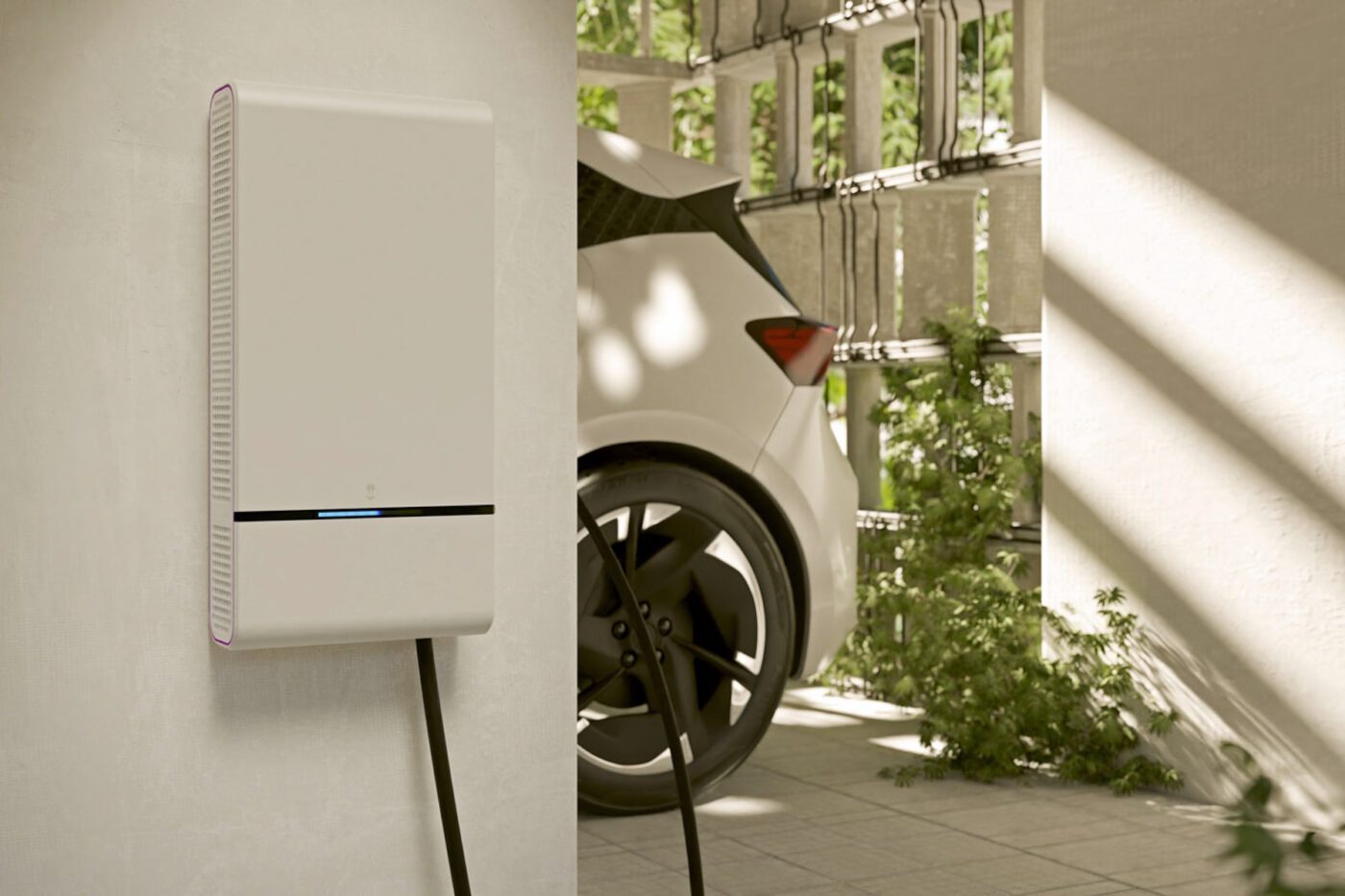
More and more DC wall boxes will soon show that the last word has not been spoken here either: they are best suited for bidirectional charging.
The German company 1komma5 Grad gives an example of what an advanced home system could look like in the medium term. The whole thing becomes interesting when an electric car with bidirectional charging capability is combined with a DC wall box, a photovoltaic system and a stationary buffer storage unit.
DC wall boxes are still the exception, and they are also expensive. The argument in favour of DC: both the photovoltaic system and the traction battery work with direct current anyway. Conversion losses from DC to AC and back are thus avoided. This factor is definitely relevant. The economic question now is how well the producers of the DC wall boxes succeed in reducing costs.
If this is the case, AC wall boxes will also lose ground in the private sector. But probably after 2030.
The car industry would be delighted if it could eventually dispense with the internal AC charger. It doesn’t matter which continent the manufacturer comes from: if it is possible to do away with a component that costs money, takes up installation space and weighs a lot, the car industry will be thrilled to do so. A typical 11 kW charger now costs less than 200 euros. It adds up if it can be saved millions of times over.
As a result, it is plausible to assume DC only in a scenario with 100 per cent electric vehicles. That could take a very long time, perhaps until 2050. But it is not out of the question.

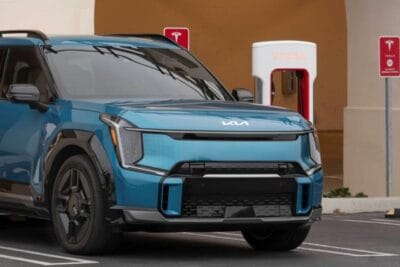
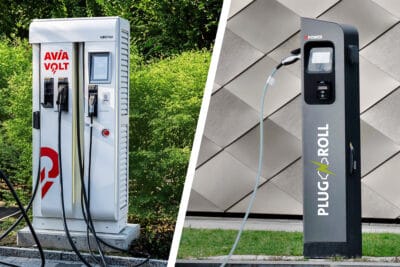
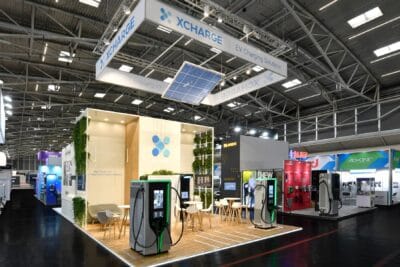
5 Comments